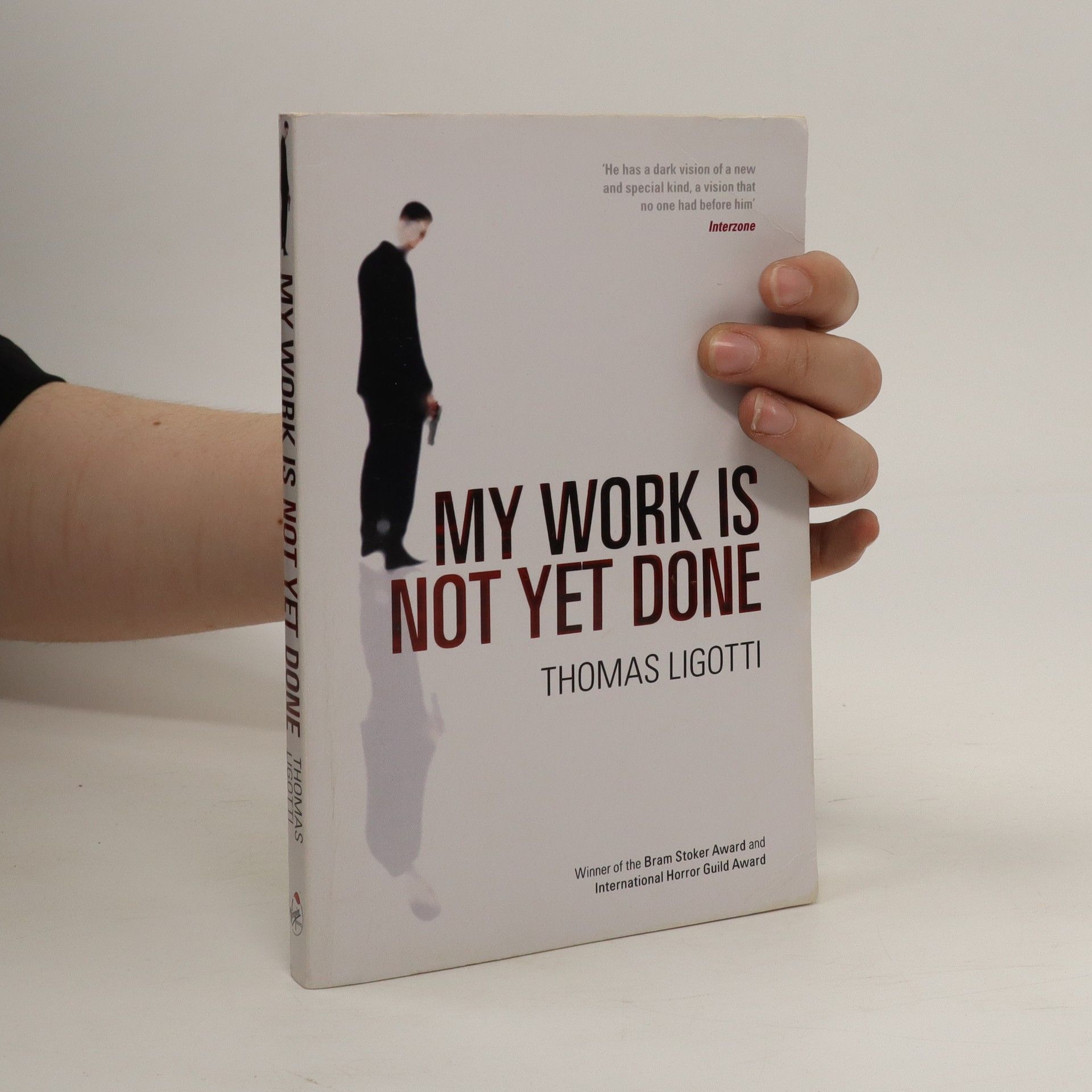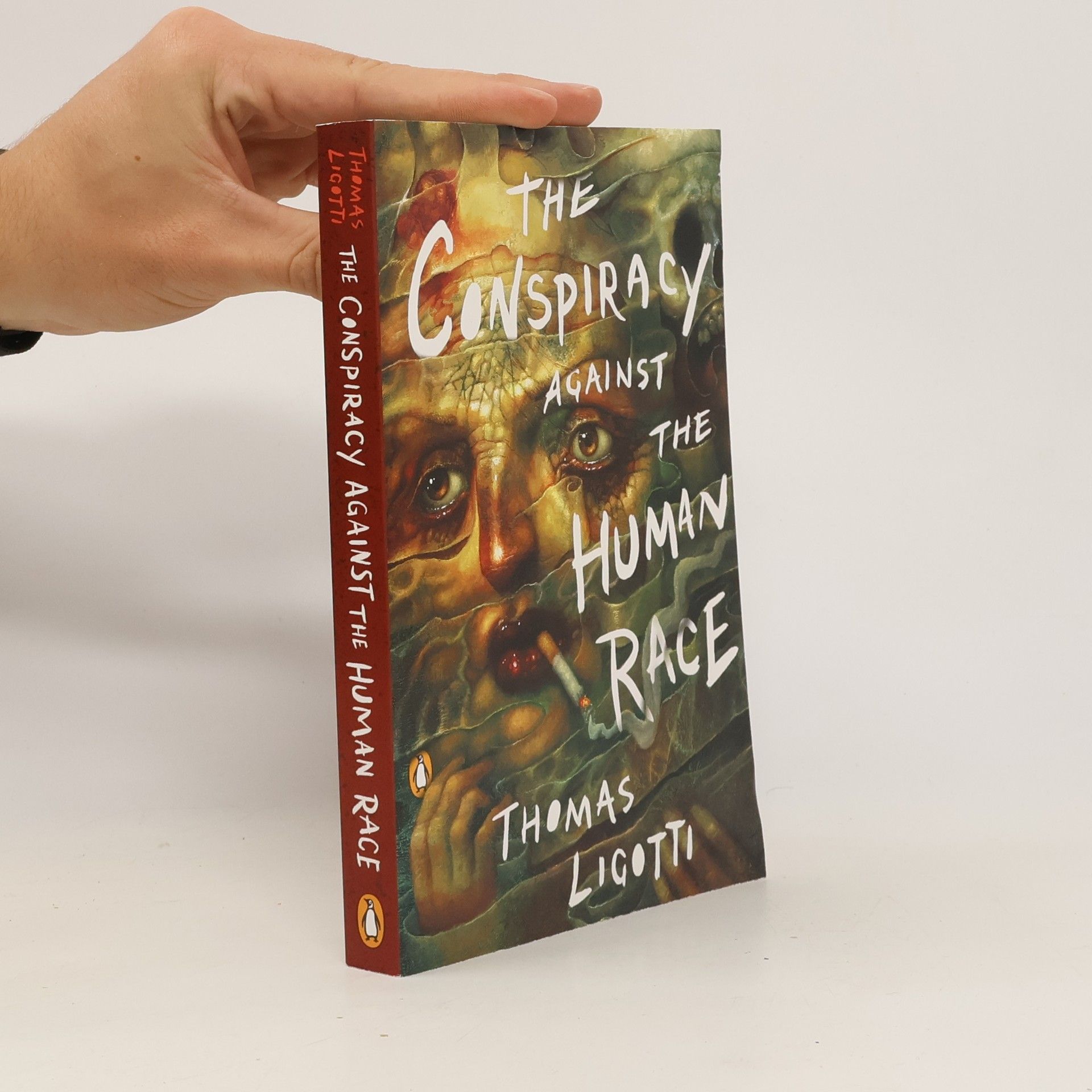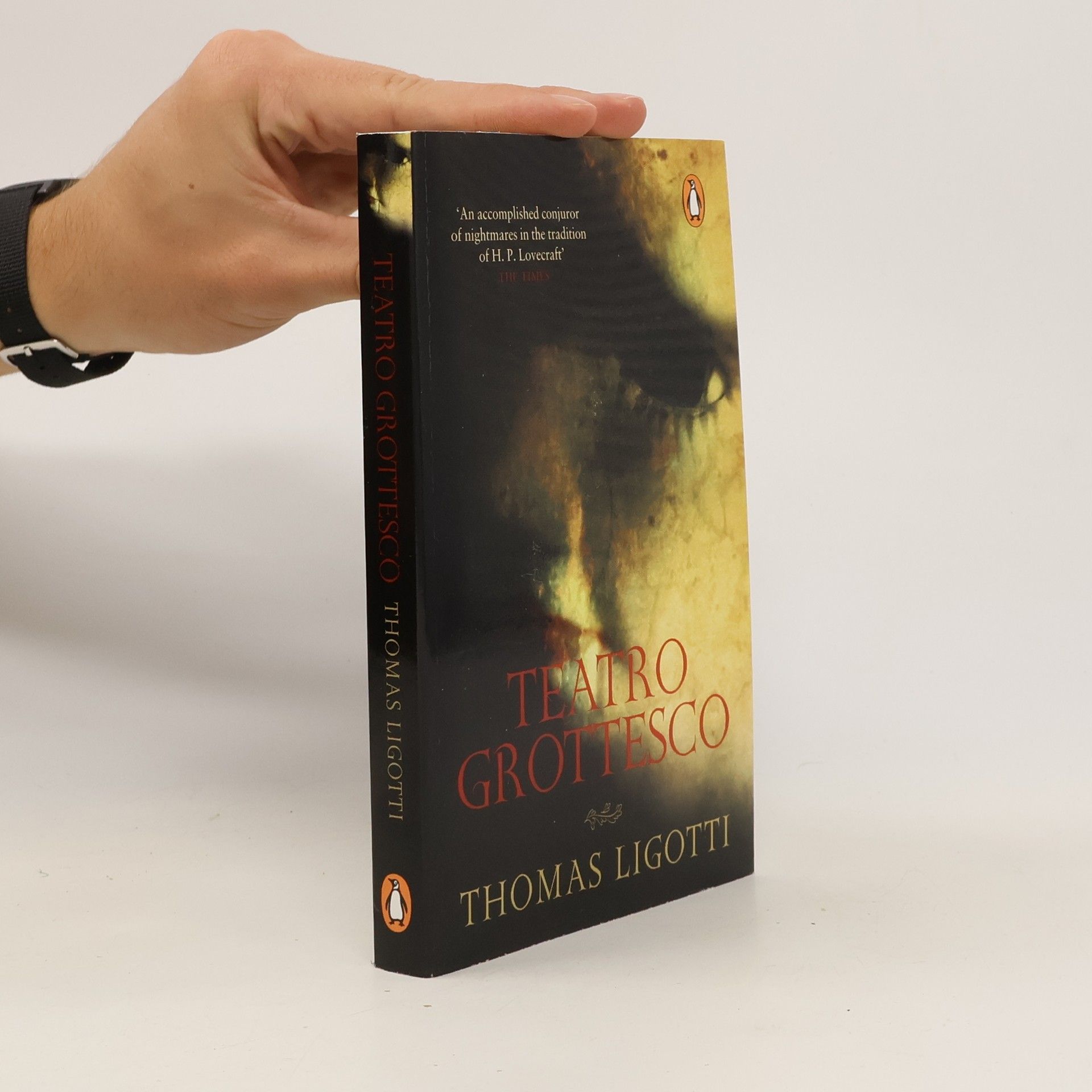Noctuary
- 207pages
- 8 heures de lecture
Thomas Ligotti est un auteur d'horreur contemporain américain et une figure de culte littéraire reclus. Ses écrits, bien qu'uniques dans leur style, ont été notés comme des continuations majeures de plusieurs genres littéraires, notamment l'horreur lovecraftienne. Ses œuvres sont généralement décrites comme de "l'horreur philosophique", souvent présentées comme des romans philosophiques avec une tonalité "plus sombre" semblable à la fiction gothique. Le Washington Post l'a qualifié de "meilleur secret de la fiction d'horreur contemporaine", tandis qu'un autre critique a déclaré : "C'est en effet un écrivain talentueux qui peut suggérer une horreur si choquante que l'on est reconnaissant qu'elle soit restée hors scène."







Songs of a Dreamer was Thomas Ligotti’s first collection of supernatural horror stories. When originally published in 1985 by Harry Morris’s Silver Scarab Press, the book was hardly noticed. In 1989, an expanded version appeared that garnered accolades from several quarters. Writing in the Washington Post, the celebrated science fiction and fantasy author Michael Swanwick extolled: “Put this volume on the shelf right between H. P. Lovecraft and Edgar Allan Poe. Where it belongs.” The revisions in the present volume of Songs of a Dead Dreamer have been calculated to make its stories into enhanced incarnations of the originals. This edition is and will remain definitive. For those already familiar with the stories in Songs of a Dead Dreamer, an invitation is extended to return to them in their ultimate state. For those new to the collection, it is submitted to engage them with some of the most extraordinary tales of their kind. In either case, this publication of Songs of a Dead Dreamer offers evidence for why Ligotti has been judged to be among the most important authors in the history of supernatural horror.
In his stories, Ligotti has followed a literary tradition that began with Edgar Allan Poe, portraying characters that are outside of anything that might be called normal life, depicting strange locales far off the beaten track, and rendering a grim vision of human existence as a perpetual nightmare.
Thomas Ligotti's debut collection, Songs of a Dead Dreamer, and his second, Grimscribe, permanently inscribed a new name in the pantheon of horror fiction. Influenced by the strange terrors of Lovecraft and Poe and by the brutal absurdity of Kafka, Ligotti crafted his own brand of existential horror, which shocks at the deepest levels. In decaying cities and lurid dreamscapes tormented by the lunatic pageantry of masks, puppets, and obscure ritual, Ligotti's works lay bare the sickening madness of the human condition. From his dark imagination emerge stories like "The Frolic" and "The Last Feast of Harlequin," waking nightmares that splinter the schemes validating our existence. In these collections, Ligotti bends reality until it cracks, opening fissures through which he invites us to gaze on the unsettling darkness below-an ordeal from which one may perhaps return, but never to be the same
"In Thomas Ligotti's first nonfiction outing, an examination of the meaning (or meaninglessness) of life through an insightful, unsparing argument that proves the greatest horrors are not the products of our imagination but instead are found in reality. "There is a signature motif discernible in both works of philosophical pessimism and supernatural horror. It may be stated thus: Behind the scenes of life lurks something pernicious that makes a nightmare of our world." His fiction is known to be some of the most terrifying in the genre of supernatural horror, but Thomas Ligotti's first nonfiction book may be even scarier. Drawing on philosophy, literature, neuroscience, and other fields of study, Ligotti takes the penetrating lens of his imagination and turns it on his audience, causing them to grapple with the brutal reality that they are living a meaningless nightmare, and anyone who feels otherwise is simply acting out an optimistic fallacy. At once a guidebook to pessimistic thought and a relentless critique of humanity's employment of self-deception to cope with the pervasive suffering of their existence, The Conspiracy against the Human Race may just convince readers that there is more than a measure of truth in the despairing yet unexpectedly liberating negativity that is widely considered a hallmark of Ligotti's work"-- Provided by publisher
"First published in hardback in the USA by Mythos Books 2002"--Title page verso.
In the vein of horror legends Poe and Lovecraft, Thomas Ligotti's unsettling tales are reimagined in this collection. Four writer/artist teams adapt his most chilling stories, including a surreal carnival sacrifice, a nightmarish psychiatrist-patient bond, a town overshadowed by a sinister asylum, and an urban legend that stifles artistic desire.
The follow up to the cult graphic novel containing more short stories from acclaimed horror writer Thomas Ligotti brought frighteningly to life by a collection of today's most talented writers and illustrators.
Debutová sbírka povídek jednoho z největších současných autorů weird fiction, velmistra hororového žánru, spisovatele, který od osmdesátých let minulého století spřádá podivné příběhy, v nichž z nočních můr vystupuje iracionalita existence. Ligottiho svět obývají posedlé postavy všemožných doktorů, umělců, profesorů, psychiatrů a psychopatů, protagonisté žijící v omšelých anonymních městech s pokřivenými domy a ulicemi a pohybující se v těžko postižitelné groteskní sféře, kterou sdílí s figurínami, loutkami a bytostmi, u nichž si nikdo nemůže být jistý, co skrývají pod maskou, nebo celou řadou masek. Jen zde zpoza oken hledí strnulí panáci se šíleným výrazem v očích, kteří vědí své o marnosti lidské existence.